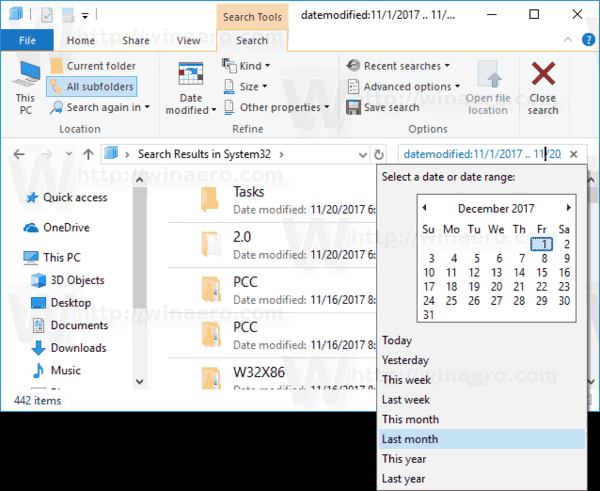
A double-dash (" -") can also be used to signal that any remaining arguments are not options (though ensuring that all start points begin with either ".

The arguments in the expression list are also referred to as "options," but the five "real" options -H, -L, -P, -D and -O must appear before the first path name, if they are used at all. If no expression is given, the expression -print is used (but consider using -print0 instead. If no paths are given, the current directory is used. That argument and any following arguments are taken to be the expression describing what is being searched. Arguments following these are taken to be names of files or directories to be examined, up to the first argument that begins with " -", or the argument " (" or " !". The -H, -L and -P options control the treatment of symbolic links. It can be used on its own to locate files, or in conjunction with other programs to perform operations on those files.

At that point find moves on to the next path until all paths are searched.įind is a fundamental and extremely powerful tool for working with the files on your linux system. The outcome is "known" when the left side of the expression is determined to be FALSE for AND operations, or TRUE for OR operations. Within each directory tree specified by the given paths, it evaluates the given expression from left to right, according to the rules of precedence (see " Operators", below) until the outcome is known.


 0 kommentar(er)
0 kommentar(er)
